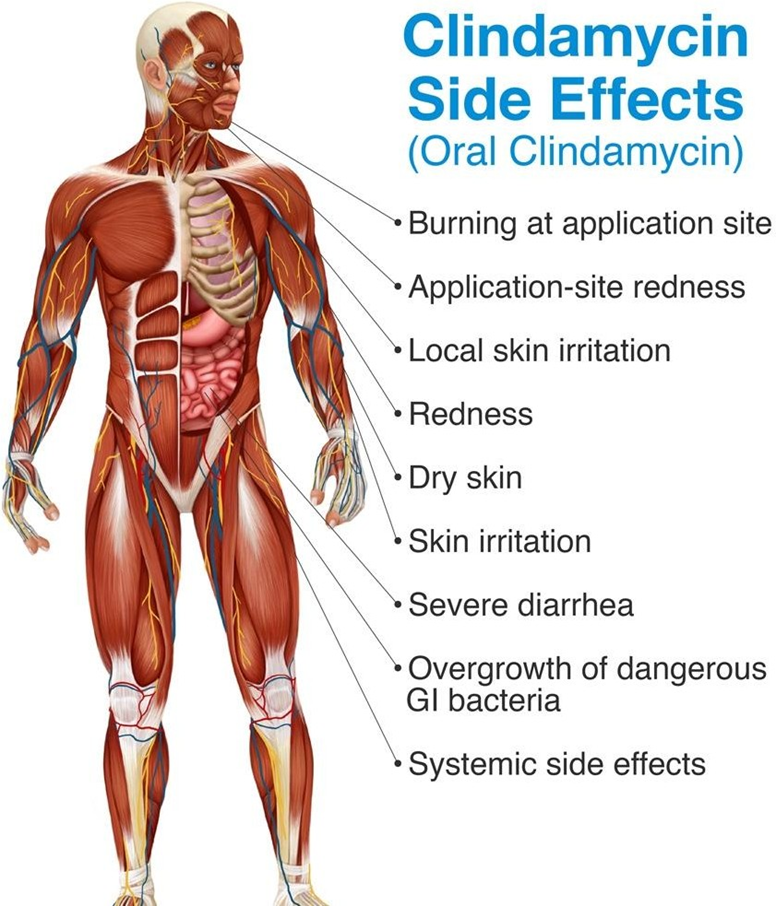A nurse is caring for an adolescent who is receiving treatment for burns and is requesting medication for pain. Which of the following questions should the nurse ask to determine the quality of the adolescent's pain?
"Can you describe what your pain feels like?"
"Can you point to the area where your pain is most severe?"
"What is your pain level on a scale of 0 to 10?"
"When did your pain start increasing?"
The Correct Answer is A
A. Asking the adolescent to describe the quality of their pain can provide valuable information about the characteristics of the pain, such as sharp, dull, throbbing, or burning.
B. Asking the adolescent to point to the area of most severe pain assesses location, not quality.
C. Asking about pain level assesses intensity, not quality.
D. Asking about the timing of pain increasing assesses onset, not quality.
Nursing Test Bank
Naxlex Comprehensive Predictor Exams
Related Questions
Correct Answer is A
Explanation
A. Clindamycin is associated with a common adverse effect of watery diarrhea, which may indicate Clostridium difficile-associated diarrhea (CDAD) or pseudomembranous colitis.
B. Blurred vision is not a typical adverse effect of clindamycin.
C. Hypertension is not a typical adverse effect of clindamycin.
D. Agitation is not a typical adverse effect of clindamycin.

Correct Answer is A
Explanation
A. Bradycardia: Amiodarone, an antiarrhythmic medication, can cause bradycardia as an adverse effect due to its negative chronotropic effects on the heart's electrical conduction system. Bradycardia is a common adverse effect of amiodarone and requires monitoring during therapy.
B. Fever: Fever is not a typical adverse effect of amiodarone. If a client develops a fever while taking amiodarone, other potential causes should be investigated.
C. Hypertension: Hypertension is not a typical adverse effect of amiodarone. Amiodarone is more commonly associated with bradycardia and hypotension.
D. Bradypnea: Bradypnea, or slow respiratory rate, is not a typical adverse effect of amiodarone.
Respiratory adverse effects of amiodarone are more commonly related to pulmonary toxicity, such as pulmonary fibrosis or pneumonitis.
Whether you are a student looking to ace your exams or a practicing nurse seeking to enhance your expertise , our nursing education contents will empower you with the confidence and competence to make a difference in the lives of patients and become a respected leader in the healthcare field.
Visit Naxlex, invest in your future and unlock endless possibilities with our unparalleled nursing education contents today
Report Wrong Answer on the Current Question
Do you disagree with the answer? If yes, what is your expected answer? Explain.
Kindly be descriptive with the issue you are facing.
